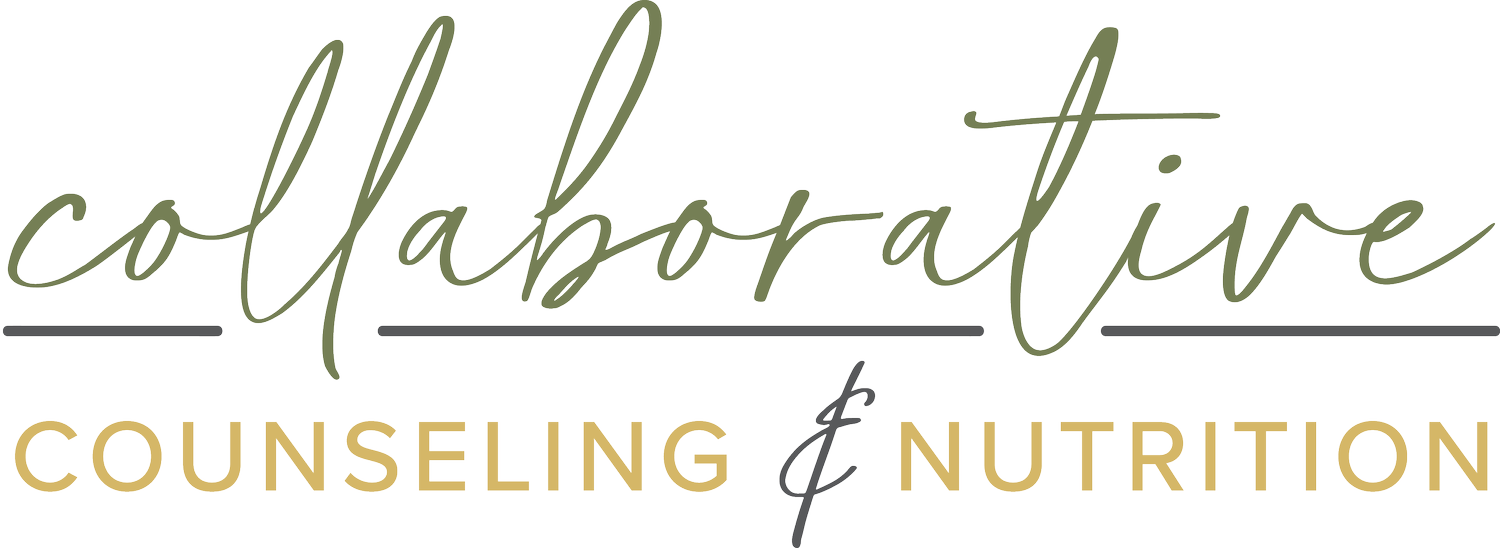Ask the Team: What does a positive relationship with movement look like?
It’s time for another edition of Ask the Team! Have you ever wondered what a positive relationship with exercise can look like? In diet culture, where exercise is usually about burning calories and changing your body shape, is it even possible to have a positive relationship with movement? Today, Lizzie Woerner, RD, CPT is back to answer this question! Take it away, Lizzie!
What does a positive relationship with movement look like?
Is this a burning question in your mind; does everyone feel like they have to work out? Why does exercise feel like such a chore? What will happen if I don’t exercise regularly?
Here are a few things that a positive relationship with movement IS
Flexible
Purposeful
Intuitive
Ever changing
Focused on self compassion and connectedness to one’s body
A means to foster acceptance and awareness of preferences, abilities and needs for support
A dysfunctional relationship with exercise is often characterized by rigid, inflexibility, punitive attitudes and guilt (Meyer, Taranis, Goodwin & Haycraft, 2011). Mindful and intuitive movement is defined as “movement that is done with attention, purpose, self-compassion, acceptance, awareness and joy… focused on the process of becoming more connected, healthier, and stronger” (Calogero & Pedrotty, 2010).
Here are a few things that a positive relationship with movement IS NOT
Rigid
Inflexible
Ridden with guilt, shame or “shoulds”
Measured by calorie burn or weight loss
Required to last a certain amount of time
Required to consist of a specific movement modality
Re-thinking Movement
I challenge you to re-think your thoughts around exercise if any of the above struck a chord. Exercise can be positively impactful no matter what modality or form you choose, and let's be honest we don’t have to run on a treadmill in the gym for it to count! When it comes to exercise, think outside of the box can you go for a walk in the woods? Can you have a dance party in your bedroom to your favorite music? Can you do some gentle stretching? Can you spend less time running and more time stretching? Challenge your thinking with movement. Positive exercise is about experiencing connectedness to your body and can greatly benefit our mental health.
Learn More
Resources Used:
Meyer C, Taranis L, Goodwin H, Haycraft E. Compulsive exercise and eating disorders. Eur Eat Disord Rev. 2011 May-Jun;19(3):174-89. doi: 10.1002/erv.1122. PMID: 21584911
Calogero, Rachel & Pedrotty, Kelly. (2010). Incorporating exercise into the treatment and recovery of eating disorders: Cultivating a mindful approach.


